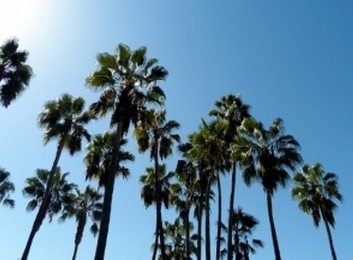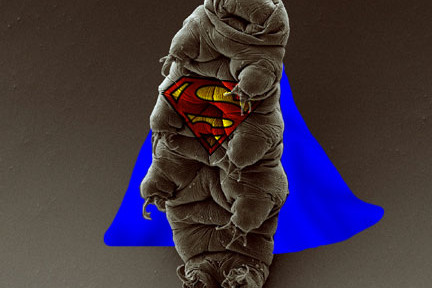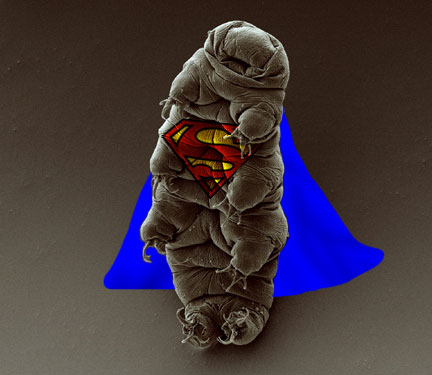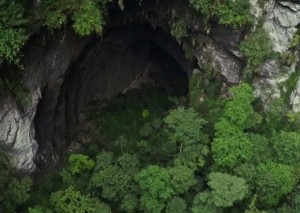 Listening to the podcast 99% Invisible I learned that palm trees are not actually trees. They are kind of a super grass, according to Jared Farmer who wrote Trees in Paradise: A California History. From the podcast, “palm trees don’t make bark or branches. If you cut them down you won’t find any rings in the trunk, all their roots grow in a compact ball…” This is an interesting story about palms in California and how demand has caused some mature trees to sell for as much as $20,000. Also great podcast.”
Listening to the podcast 99% Invisible I learned that palm trees are not actually trees. They are kind of a super grass, according to Jared Farmer who wrote Trees in Paradise: A California History. From the podcast, “palm trees don’t make bark or branches. If you cut them down you won’t find any rings in the trunk, all their roots grow in a compact ball…” This is an interesting story about palms in California and how demand has caused some mature trees to sell for as much as $20,000. Also great podcast.”




 The animal world has it’s own super hero, Tardigrades a.k.a water bears! Just like Superman, they are able to withstand extreme temperatures, radiation, extreme pressures! According to
The animal world has it’s own super hero, Tardigrades a.k.a water bears! Just like Superman, they are able to withstand extreme temperatures, radiation, extreme pressures! According to 
 Ran across this video of a quad copter tour of the large sinkhole part of the Hang Son Doong cave in Vietnam. Imagine the size of the room this area made before the roof collapsed! I realized I read the National Geographic article a few years ago, it has better pictures of the interior portions of the cave.
Ran across this video of a quad copter tour of the large sinkhole part of the Hang Son Doong cave in Vietnam. Imagine the size of the room this area made before the roof collapsed! I realized I read the National Geographic article a few years ago, it has better pictures of the interior portions of the cave. In our modern obsession of cleanliness and ubiquitous anti-bacterial soaps and hand sanitizers, we may have upset the unseen balance in our bodies. Is it possible to be TOO clean? Have we inadvertently scrubbed away the GOOD bacteria that make us healthy.
In our modern obsession of cleanliness and ubiquitous anti-bacterial soaps and hand sanitizers, we may have upset the unseen balance in our bodies. Is it possible to be TOO clean? Have we inadvertently scrubbed away the GOOD bacteria that make us healthy.